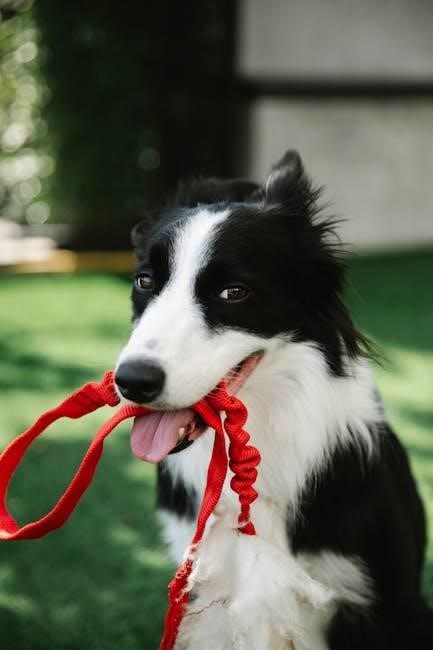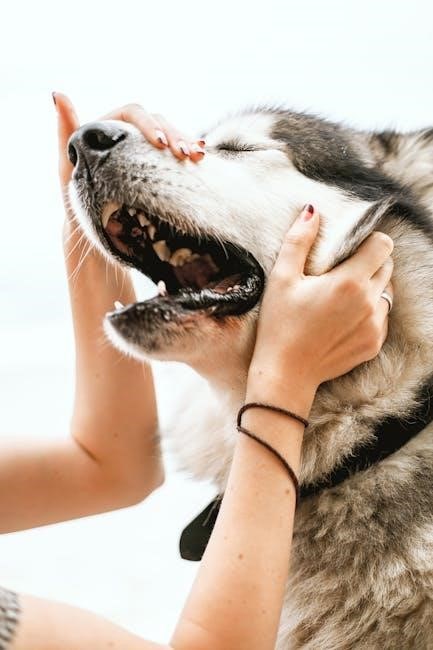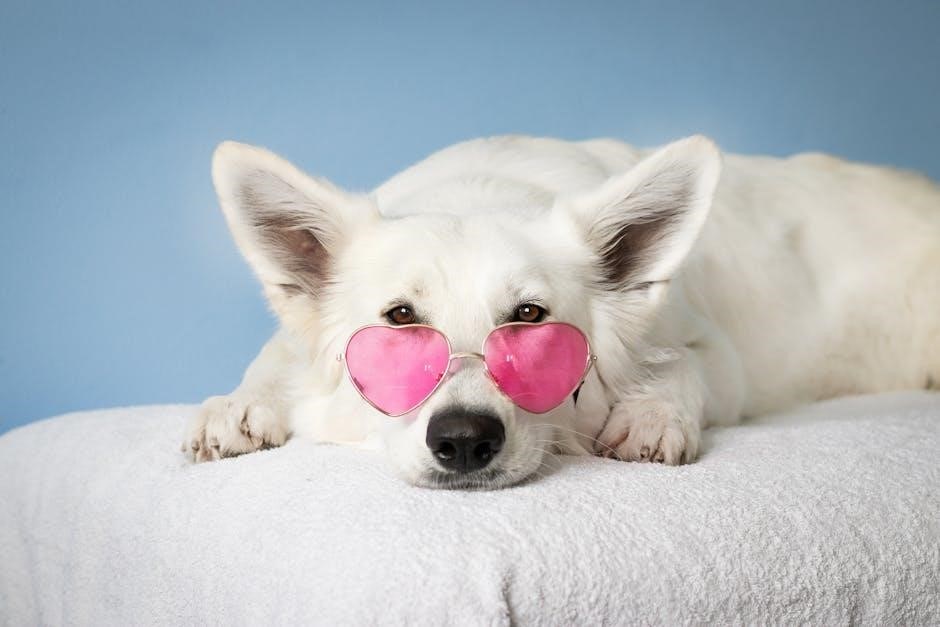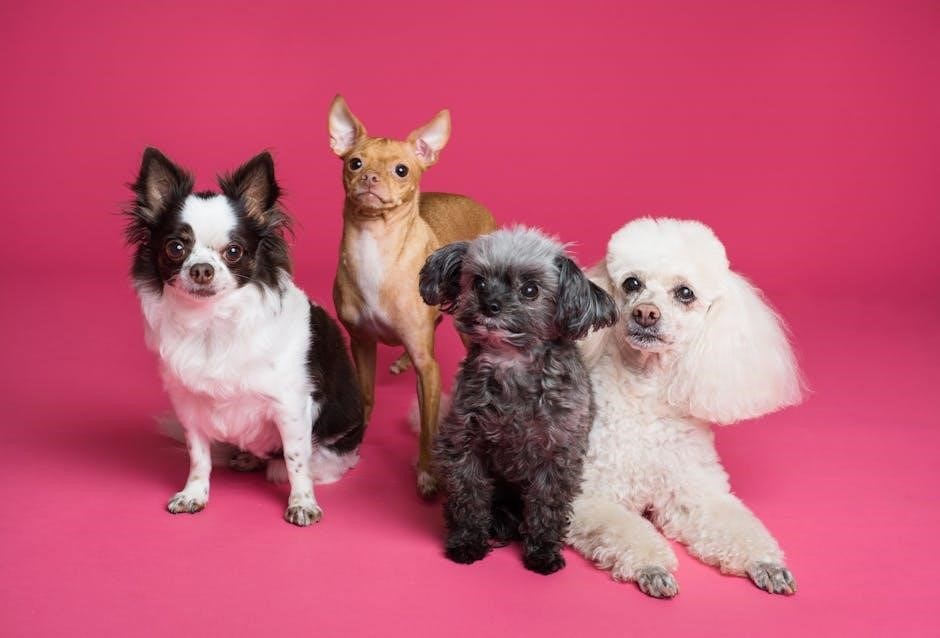Pre-Spay Instructions for Dogs: A Comprehensive Guide
Preparing your dog for a spay surgery involves several crucial steps to ensure their safety and well-being. These pre-operative instructions cover fasting guidelines, vaccination status, and necessary preparations for the day of the procedure. Carefully following these guidelines will contribute to a smooth surgical experience and a speedy recovery for your canine companion.
Scheduling the Spay Appointment
The first step in preparing your dog for a spay procedure is to schedule an appointment with a reputable veterinary clinic or a low-cost spay/neuter clinic like TCAP. Appointments are often required, so it’s best to call in advance. When scheduling, inquire about any specific pre-operative instructions the clinic may have, as these can vary. Discuss your dog’s medical history, including any existing conditions or medications they are currently taking.
Confirm whether the clinic requires pre-payment or offers payment plans. If you’ve obtained a county voucher for low-cost spay/neuter services, ensure the clinic accepts it and understand how to present the voucher at check-in to receive your discount. Be prepared to provide accurate information about your dog’s age, breed, and weight, as this information is crucial for determining the appropriate anesthesia dosage. Also, ask about the clinic’s policy on rescheduling appointments if your dog happens to be in heat closer to the appointment date. Knowing all of this ahead of time will ensure the process is smooth and effective!
Ensuring Your Dog’s Health Before Surgery
Prior to scheduling the spay appointment, it’s imperative to ensure your dog is in good health. A healthy dog is better equipped to handle anesthesia and recover smoothly from surgery. Schedule a pre-operative check-up with your veterinarian to assess your dog’s overall health. During this exam, the vet will evaluate their heart and lung function, check for any signs of illness or infection, and discuss any potential risks associated with anesthesia.
Inform your veterinarian about any medications your dog is currently taking, including flea and tick preventatives, as these could potentially interact with anesthesia. If your dog shows any signs of illness, such as coughing, sneezing, vomiting, or diarrhea, contact the clinic immediately, as the surgery may need to be rescheduled. For puppies, ensure they have received their first DHPP vaccination prior to the surgery date. Addressing any health concerns proactively will minimize risks and promote a positive outcome for your dog’s spay procedure.
Vaccination Requirements Prior to Spay
Vaccinations are a crucial aspect of preparing your dog for spay surgery, ensuring their immune system is robust enough to handle the procedure and prevent post-operative complications. Veterinarians generally recommend that dogs be up-to-date on their core vaccinations, including rabies and distemper/parvo, at least two weeks before the scheduled surgery date. This allows ample time for the dog’s immune system to build immunity and protection against these diseases.
If your dog requires any vaccinations, schedule them with your veterinarian well in advance of the surgery. Puppies should have had their first DHPP (distemper, adenovirus, parainfluenza, and parvovirus) vaccination before surgery. Discuss your dog’s vaccination history with your vet during the pre-operative check-up to ensure they are fully protected. Keeping your dog current on vaccinations minimizes the risk of infection and contributes to a smoother recovery following the spay procedure. If you obtained a county voucher for free or low-cost spay/neuter, please bring it with you.

Fasting Guidelines: Withholding Food and Water
Proper fasting before a spay surgery is essential to minimize the risk of complications during anesthesia. Anesthesia can sometimes cause nausea and vomiting, and if the stomach is full, this can lead to aspiration, a dangerous condition where stomach contents enter the lungs. To prevent this, it’s crucial to withhold food for a specified period before the surgery.
Generally, adult dogs should have no food after 10 PM the night before surgery, while water is usually permitted until the morning of the procedure. Puppies, due to their faster metabolism, have slightly different fasting guidelines. Usually, they can have a small breakfast no later than 6 AM on the day of surgery, then food should be removed. Water is generally still allowed. It’s important to confirm the exact fasting times with your veterinarian, as these may vary based on the clinic’s protocols and your dog’s individual needs. Always inform the clinic of the exact time your dog last ate. Pets MUST be fasted. No food after midnight the night before the surgery. Water is ok.
Specific Fasting Times for Puppies vs. Adult Dogs
Fasting guidelines are not one-size-fits-all; they differ significantly between puppies and adult dogs due to variations in their metabolic rates and energy reserves. Adult dogs typically require a longer fasting period, generally from 8 to 12 hours, to ensure their stomachs are empty before anesthesia. A common guideline is to withhold food after 10:00 PM the night before the surgery. However, water is usually permitted up until the morning of the procedure to prevent dehydration.
Puppies, on the other hand, have higher metabolic rates and are more prone to hypoglycemia (low blood sugar) if they fast for too long. Therefore, their fasting period is shorter. A general rule is to allow a small meal no later than 6:00 AM on the day of surgery, and then remove all food. Water can usually be available for a longer time. It is very important to be aware of the exact time your dog ate so you can give the information when checking in. Always double-check with your veterinarian for specific instructions tailored to your dog’s age, breed, and overall health. They will provide the most accurate and safe fasting protocol.
Morning of Surgery: What to Expect
On the morning of your dog’s spay surgery, it is important to remain calm and follow the instructions provided by your veterinary clinic. Ensure your dog has fasted according to the specified guidelines, withholding food after the designated time the previous night, although water is usually permitted. Allow your dog a short walk to relieve themselves before heading to the clinic, as they may not have another opportunity for several hours.
Upon arrival, a staff member will greet you and ask about your dog’s medical history and confirm that fasting guidelines have been followed. Be prepared to sign a medical consent form authorizing the surgery and any necessary medical procedures. You will likely be asked to leave your dog at the clinic for the day. Dog surgeries are usually done by 4:00PM. The clinic will contact you when your dog is ready to be picked up, typically in the afternoon or early evening. They will provide you with detailed post-operative instructions at that time.
Leash and Carrier Requirements
Ensuring the safe and secure transport of your dog to and from the veterinary clinic is paramount. Therefore, specific leash and carrier requirements must be strictly adhered to. All dogs must be brought to the clinic on a secure leash, preventing them from wandering off or encountering other animals unsupervised. Retractable leashes should be locked at a short length to maintain control and prevent sudden movements that could pose a risk.
While carriers are typically associated with cats, small dogs may also benefit from being transported in a carrier, providing them with a safe and enclosed space, particularly if they are anxious or easily excitable. A carrier can also help prevent the dog from jumping out of the car upon arrival or departure, minimizing the risk of injury. If your dog is aggressive, please inform clinic staff.
For larger dogs, a secure leash is essential, ensuring you maintain control throughout the process. By complying with these leash and carrier requirements, you contribute to a safer and more stress-free experience for your dog, clinic staff, and other pet owners.
Completing and Bringing Necessary Forms
Prior to your dog’s spay appointment, there are essential forms that must be completed and brought with you to the clinic. These forms provide the veterinary staff with vital information about your dog’s medical history, current health status, and your consent for the surgical procedure. Completing these forms in advance can significantly streamline the check-in process and allow the staff to focus on your dog’s care.
Typically, these forms include a surgical authorization form, which outlines the procedure, potential risks, and your consent for the surgery. Additionally, a medical history questionnaire will ask about any pre-existing conditions, allergies, medications, and previous surgeries your dog has undergone. Be as thorough and accurate as possible when filling out these forms to ensure the veterinary team has a complete understanding of your dog’s health.
Some clinics may also require proof of vaccinations or other relevant medical records. Check with your veterinarian or the clinic beforehand to determine the specific forms and documents needed for your dog’s spay appointment. Bringing all necessary paperwork ensures a smoother and more efficient check-in, allowing the veterinary staff to provide the best possible care for your beloved pet.
Informing the Clinic of Special Conditions (Heat, Pregnancy)
It is absolutely crucial to inform the veterinary clinic if your dog is currently in heat or if there is a possibility that she may be pregnant prior to scheduling or proceeding with the spay surgery. These conditions can significantly impact the surgical procedure and require special considerations from the veterinary team to ensure the safety and well-being of your dog.
Spaying a dog in heat can increase the complexity of the surgery due to increased blood flow to the reproductive organs. Similarly, spaying a pregnant dog involves removing the uterus with the developing fetuses, which also presents additional surgical challenges. In both cases, the veterinary team needs to be prepared for the increased risk of complications and have the necessary resources available.

By informing the clinic of these special conditions in advance, you allow them to properly assess the situation, adjust their surgical plan if needed, and provide you with accurate information regarding the potential risks and costs associated with the procedure. Transparency and open communication with your veterinarian are essential for ensuring the best possible outcome for your dog’s spay surgery.

Understanding Additional Costs (Heat, Pregnancy, Undescended Testicles)
When considering spaying your dog, it’s important to understand that certain conditions can lead to additional costs beyond the standard spay fee. These conditions, such as being in heat, pregnancy, or having undescended testicles (in male dogs undergoing neutering), require more complex surgical procedures and may necessitate extended anesthesia time, thus impacting the overall expense.
Spaying a dog that is in heat increases the complexity of the surgery due to the engorgement of blood vessels in the reproductive tract. Pregnancy, similarly, adds to the surgical time and expertise required for the removal of the uterus and fetuses. These situations demand extra care and attention from the veterinary surgeon, justifying the increased cost.
Therefore, it’s crucial to have an open and honest conversation with your veterinarian regarding any potential additional costs associated with your dog’s specific circumstances. Obtaining a detailed estimate beforehand will help you make an informed decision and avoid any unexpected financial burdens. Remember that these additional costs reflect the higher level of care and expertise needed to ensure the safety and well-being of your beloved pet during the surgical procedure.
Post-Operative Pick-Up and Instructions
Once your dog’s spay surgery is complete, you’ll receive a call to arrange for pick-up. It is imperative that you arrive on time, as many clinics are not equipped to board pets and leaving your dog alone after surgery is unsafe. Upon arrival, be prepared to identify yourself and your pet. Having a sign with your pet’s name and your last name displayed in your car window can expedite the process.
During pick-up, a staff member will provide you with detailed post-operative instructions, including information on pain management, wound care, and activity restrictions. They will also answer any questions you may have regarding your dog’s recovery. Pay close attention to these instructions, as they are crucial for ensuring a smooth and complication-free healing process.
You’ll also receive necessary medications, such as pain relievers, and instructions on how to administer them. Before leaving the clinic, confirm that you understand all instructions and have all the necessary supplies. Remember that your dog will likely be groggy from the anesthesia, so handle them with care and ensure they are safely secured in your vehicle for the ride home. A carrier or a comfortable, secure spot on the back seat is ideal.
Post-Op Care at Home: Creating a Safe and Comfortable Environment

After picking up your dog from the clinic, creating a safe and comfortable environment at home is paramount for their recovery. Designate a quiet, clean, and comfortable space where they can rest undisturbed. This area should be away from active areas of the house and other pets, minimizing the risk of accidental injury or disruption.
Provide a soft bed or blanket for your dog to lie on, ensuring it’s easily accessible. Keep the temperature in the room moderate, avoiding extremes of hot or cold. Offer fresh water and a small, easily digestible meal, following the instructions provided by the veterinary clinic. Monitor their appetite and water intake, and report any concerns to your vet.
It’s essential to limit your dog’s activity during the recovery period. No running, jumping, or strenuous play should be allowed. Keep them on a leash when outdoors, even in a fenced yard, to prevent excessive movement. Check the incision site daily for signs of redness, swelling, discharge, or irritation. Follow the vet’s instructions regarding pain medication and wound care. A comfortable and safe environment at home will promote a speedy and stress-free recovery for your furry friend.
